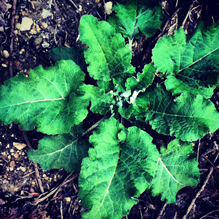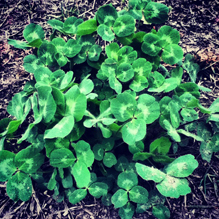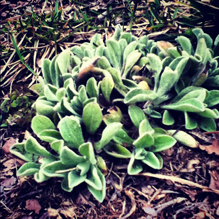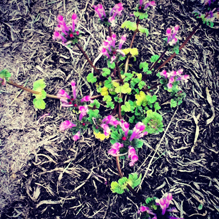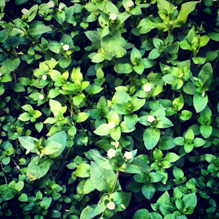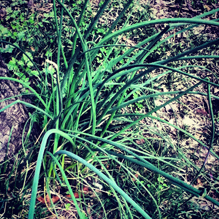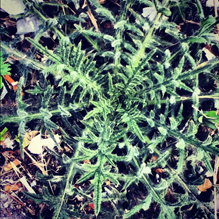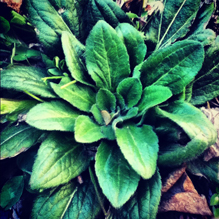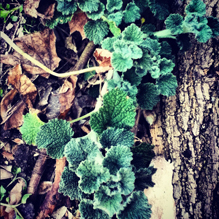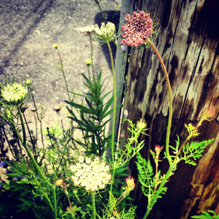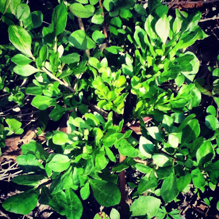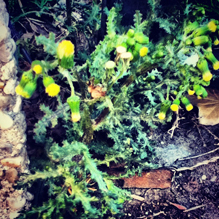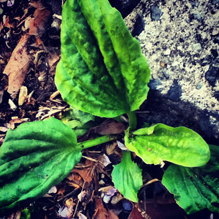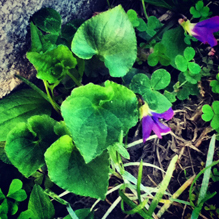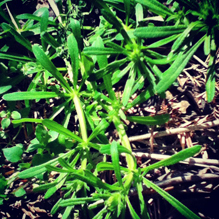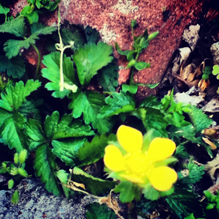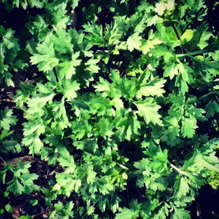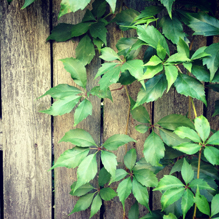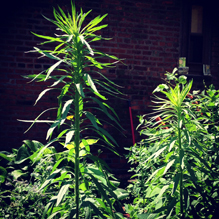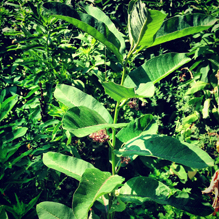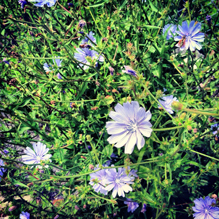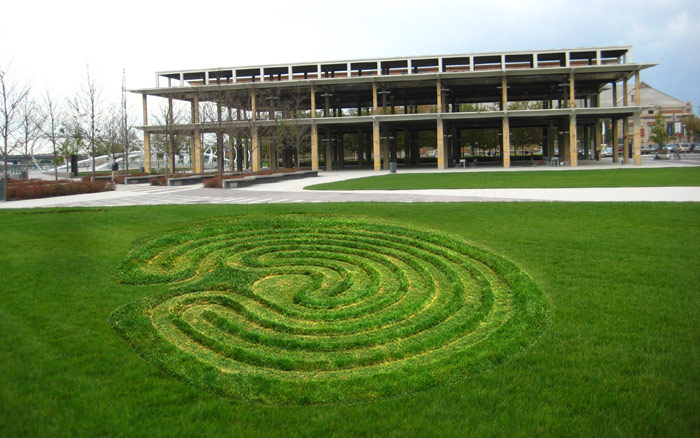


#sosPark Weed is a misplaced plant in the eye of human, but nature never discriminate them. Whether they survive or not depends on their adaptability. Sometimes they are even useful and beneficial to the ecology. We human see them as enemy because they are out lof place and trying to see the situation to best benefit our kind. We gave them name like invasive species and separate other as native. And in any case, efforts to restore ecosystems to an imagined pristine state almost always fail: once a species begins to thrive in a new environment, there’s little we can do to stop it. Indeed, these efforts are often expensive and can increase rather than relieve environmental harm. An alternative is to embrace the impurity of our cosmopolitan natural world and, as some biologists are now arguing, to consider the many ways that non-native plants and animals — not just the natives — benefit their environments and our lives. I see this as a metaphor of immigration issue and how we should see it as positive and embrace instead of reject. Hope this plant based learning will enlighten our human condition.
I like to proposed a field that is left to grow wild and only be mow into a labyrinth pattern to enable visitor to walk into this path and meditate about position that we take and opinion that we had. Ultimately understanding that we are part of nature and migration is a natural process and will continue no matter what. We had to slowly break down political barrier, questioning a nation sovereignty, start formulate a better way we can live together in this world that is getting smaller and homogenized.
"If we confine the concept of weeds to
species adapted to human disturbance,
then man is by definition the first and
primary weed under whose influence
all the other weeds have evolved."
- Jack Harlan, Crops and Man
"Weed is simply a plant whose virtues
we haven’t yet discovered"
- Ralph Waldo Emerson
   

Step-by-step drawing on how you can build your own labyrinth.
Burdock
Origin: Euroasia
Habitat: It had a rosette of large green leaves and a fleshy taproot that make it hard to remove.
Significance: In traditional medicine of Europe and China, the tea of its root used as a blood purifier.
|
|
Dandelions
Origin: Euroasia
Habitat: It produce bright yellow flowers and a great food source for wildlife
Significance: Spring leaves are good
for salads and tea from the fresh roots act as a diuretic to treat liver and kidney ailments. |
|
Clover
Origin: Euroasia
Habitat: It has ability to fix atmospheric nitrogen enable it to flourish in poor soil
Significance:
tea made from red clover flower traditionally
used
as a cough suppresant |
Mullein
Origin: Euroasia
Habitat: Forms a rosette of woolly gray-green leaves
Significance: Herbal cough remedies and as campers toilet papers.
|
|
Henbit, Purple Deadnettle
Origin: Europe
Habitat: Spring produce pink or purple flower
Significance: Stop bleeding and promote perspiration.
|
|
Chickweed
Origin: Europe
Habitat: Common chickweed occurs in cool, moist, shady, often compacted, fertile sites in spring and autumn.
Significance: Used as chcicken feeds. |
Wild Garlic
Habitat: Round hollow leaves and garlic-like odor. It is often confused with wild onion but the two may be easily distinguished after a closer examination of the leaf cross section.
|
|
Bull Thistle
Origin: Europe
Significance: The stems can be peeled and steamed or boiled. The tap roots can be eaten raw or cooked, but only on young thistles that have not flowered yet
|
|
White Champion
Significance: It habitat is throughout most of the northern half of the United States. Flowers occur in clusters and ndividual flowers consist of white petals and resemble bladder-like case.
|
Horehound
Origin: Europe
Significance: Used as tea to promote mental acumen and clarity.
It is an effective immune booster, nutritious and relieve coughs and
sore throats.
|
|
Queen Anne's Lace
Origin: Euroasia and North Africa
Significance: It seed is used in traditional european medicine as a morning after contraceptive and in India to reduce female fertility.
|
|
Hairy Bittercress
Origin: Euroasia
|
Common Groundsel
Origin: Global
Significance: As a plant that is reported to be both poisonous for human ingestion and also medicinal
|
|
Plantain
Origin: Europe
Habitat: Disturbance-adapted colonizer of bare ground
Significance: In Europe, plantain is used to treat inflamations, sores and fevers and applied externally to stop bleeding.
|
|
Viola
Origin: Eastern North America
Habitat: Grow best in cool, moist and shady soil
Significance: Native American used an infusion of common blue violet to treat a variety of minor ailments. Young leavesand flower are edible in spring |
Common Mallow
Origin:Eurasia
Significance: Young leaves are edible and can thicken soup. Tea can treat digestive discomfort.
|
|
Catch Weed
Origin:Eurasia
Significance: traditionally used to treat skin diseases. Herbalists believe that it lowers blood pressure and body temperature
|
|
Wood Strawberry
Origin:Global
Significance: It fruit resemble strawberry but tasteless.
|
Mugwort
Origin: Euroasia
Habitat: It can absorb heavy metals and bind them to organic matter
Significance: In European tradition,
a tea made from mugwort leaves was used to treat epilepsy, menstrual, menopausal and gastrointestinal problem.
|
|
Virginia Creeper
Origin: North America
Habitat: Prolific Climber
Significance:can be used as
a shading vine for buildings on
masonry walls
|
|
Purslane
Origin: Euroasia
Habitat: Grow best in sandy nutrients rich soil in full sun and grew common in neglected landscape, vacants lots and pavement cracks.
Significance: The leaves can be eaten and is a rich source of omega-3 fatty acids.
|
Horseweed
Origin: North America
Habitat: Annual plant with stiff, erect, branched and leafy stems, 1-7 feet tall.he grooved, bristly, and hairy
stem bears alternate, entire or serrate leaves that are oblanceo-late and petioled near the bottom of the plant, narrow and sessile near the top.
Significance: Horseweed is particularly suitable for diarrhea, dysentery, internal hemorrhage,
and hemorrhoids.
|
|
Milkweed
Origin: Eastern North America
Habitat: All parts of the plants are covered with soft hairs and exude milky sap when broken
Significance: It a host plant for monarch butterfly larvae. Young milkweed shoots and leaves are edible when cooked. Seed pod release white fluffy parachutes seeds.
|
|
Chicory
Origin: Europe, North America and Australia
Habitat: somewhat woody, perennial herbaceous plant usually with bright blue flowers
Significance: Various varieties are cultivated for salad leaves, chicons (blanched buds), or for roots (var. sativum), which are baked, ground, and used as a coffee substitute and additive.
|
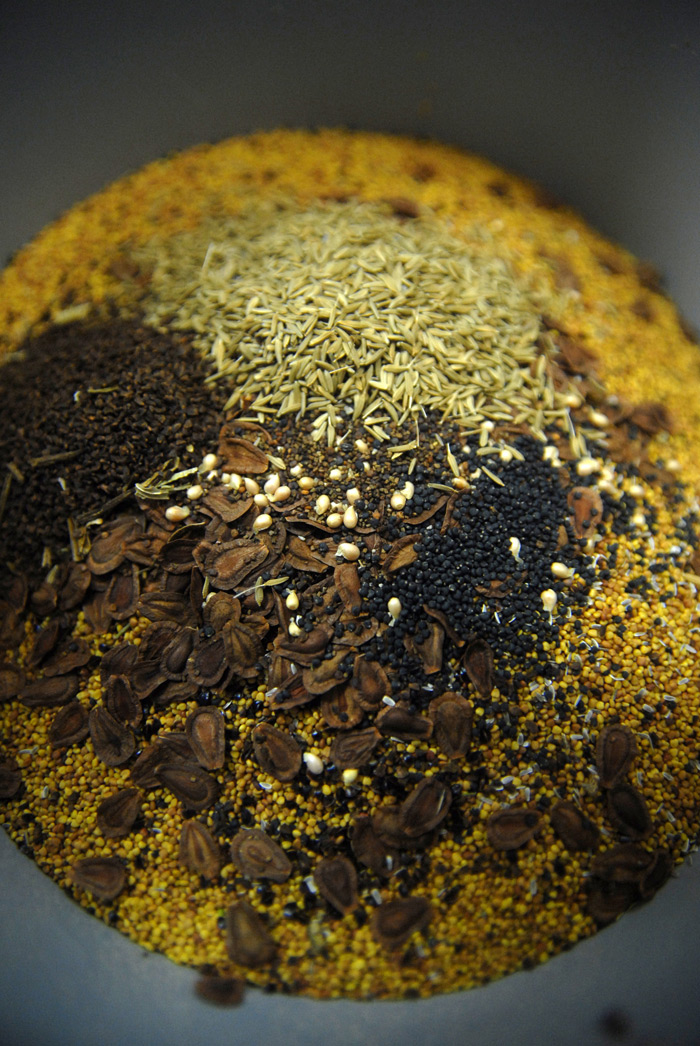
Seeds mixture
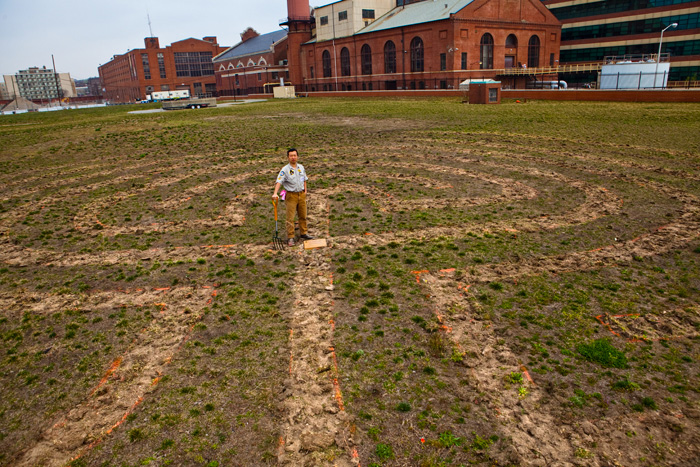
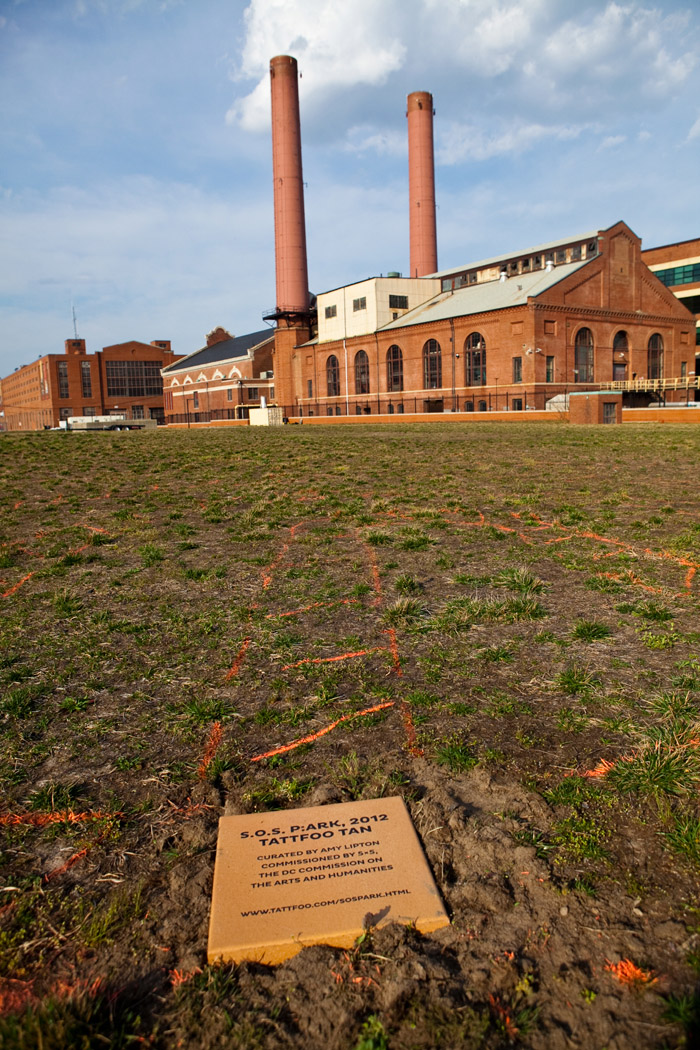
Photography by Mike Liu
S.O.S. p:ARK part of The 5x5 projects,
curated by Amy Lipton, Yard Park, Washington D.C., March 2012
Funded in part by the DC Commission on the Arts & Humanities, DC
Creates! Public Art Program.
80 ft diameter, Installation March 16, 2012 by Tattfoo Tan and Mike Liu, St Johnwort, dandelions, timothy, clover, pigweed, lamb’s quarter, buttercup, mullein, queen anne lace, plantain, yarrow
Books:
Redesigning the American Lawn, Bormann, Balmori, and geballe, Yale
The Lawn, A History of an American Obsession, Virginia Scott Jenkins
The Immigrant Advantage, Claudia Kolker
Wild Urban Plants of the Northeast, a field guide, Peter Del Tredici
Weeds of the Northeast, Richard H. Uva, Joseph C. Neal and Joseph M. DiTomaso
Press:
The New York Times
Sing Tao Daily
Huffington Post
The Pink Line Project
Materials:
Horizon Herbs
Hancock Seed Company
Johnny's Selected Seeds
Garden Hoe
|








